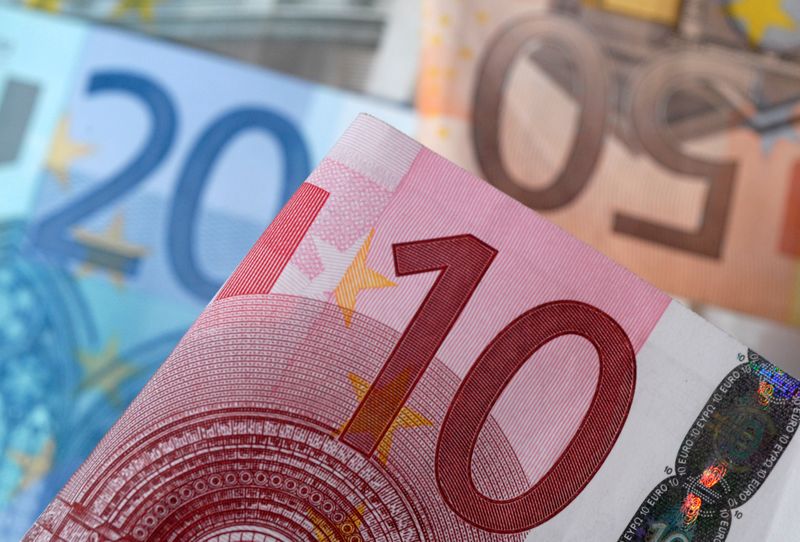By Medha Singh and Lisa Pauline Mattackal
Bitcoin has been distinctly listless in the past three months after starting the year with a bang.
The crypto leader has largely shuttled between $56,000 and $63,000 so far in the second half of the year – a contrast to the first six months when it jumped 45%, propelled by the launch of U.S. exchange-traded funds (ETFs) tracking its spot price.
Market players are now eyeing possible new crypto catalysts heading into year-end and early 2025, beyond broader market-moving events such as shifts in U.S. interest rates and the American presidential election.
Jake Ostrovskis, trader at UK-based crypto firm Wintermute, is anticipating the upcoming launch of options on BlackRock (NYSE:BLK)’s spot bitcoin ETF, a new product he believes could attract more U.S. retail money after its approval by the Securities and Exchange Commission last month.
Because regulators view bitcoin as a commodity, though, such options may also need the green light from the Commodity Futures Trading Commission, which oversees commodity derivatives, said Youwei Yang, chief economist at BIT Mining.
“If successful … (ETF options) could increase bitcoin’s market sophistication and volatility, driving greater institutional and retail engagement,” Yang added.
It’s been quite a run for crypto as the anticipation and approval of U.S. ETFs helped drive bitcoin activity globally.
The total size of the cryptocurrency market has ballooned to $2.2 trillion as of Oct. 1 this year, from $8.3 billion at the start of 2023, according to CoinGecko data.
“We’ve observed a significant increase in institutional on-boarding and trading activity,” this year said Ostrovskis, adding there was a strong demand for platforms and services for digital assets that resemble traditional financial structures.
Notoriously wild bitcoin’s 90-day volatility has fallen to 42% this year from 67% in mid-2020, according to Deutsche Bank data. Market watchers cautioned that bitcoin still showed a strong correlation to other cryptocurrencies and was likely to be among the first assets dumped by investors retreating from uncertainty and risk; bitcoin slumped 5% on a new spike in hostilities in the Middle East last week, for example.
BIGGEST CRYPTO COUNTRIES?
Chainalysis’ Global Adoption index, which tracks crypto use in 151 countries with measures including trading and payments, surpassed the 2021 crypto bull market between the fourth quarter of 2023 and the first quarter of 2024.
Crypto adoption is particularly strong in lower-income countries which often have less developed and accessible mainstream financial systems, the report showed. India took top spot, followed by Nigeria in Chainalysis’ rankings, while seven of the other top 20 countries were Asian emerging markets including Indonesia, Vietnam and the Philippines.
Crypto fans often point to uses in countries with high inflation and rapid currency depreciation – such as Turkey and Argentina – as evidence of digital money’s real world use.
Chainalysis also noted a significant increase in decentralized finance (DeFi) and stablecoin activity in Sub-Saharan Africa, Latin America, and Eastern Europe.
“The value proposition for bitcoin and stablecoins in Latin America are intact,” said Mauricio Di Bartolomeo, co-founder of crypto loan provider Ledn.
“Most of the emerging world wants to bank in dollars, but they don’t necessarily trust their banks.”

The United States ranked fourth overall on the adoption ranking, while South Korea and China were 19th and 20th, respectively.
In terms of crypto transaction volumes, the U.S. is the world’s biggest market followed by India, according to Deutsche Bank.









